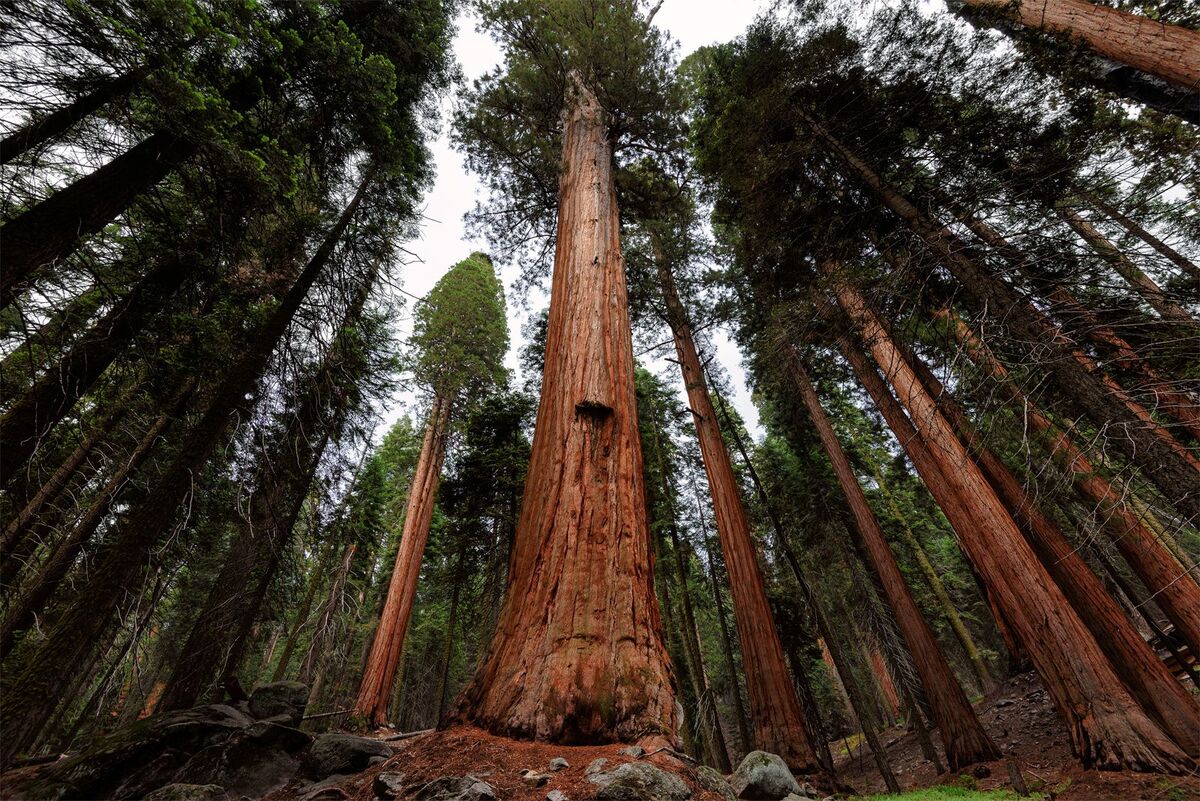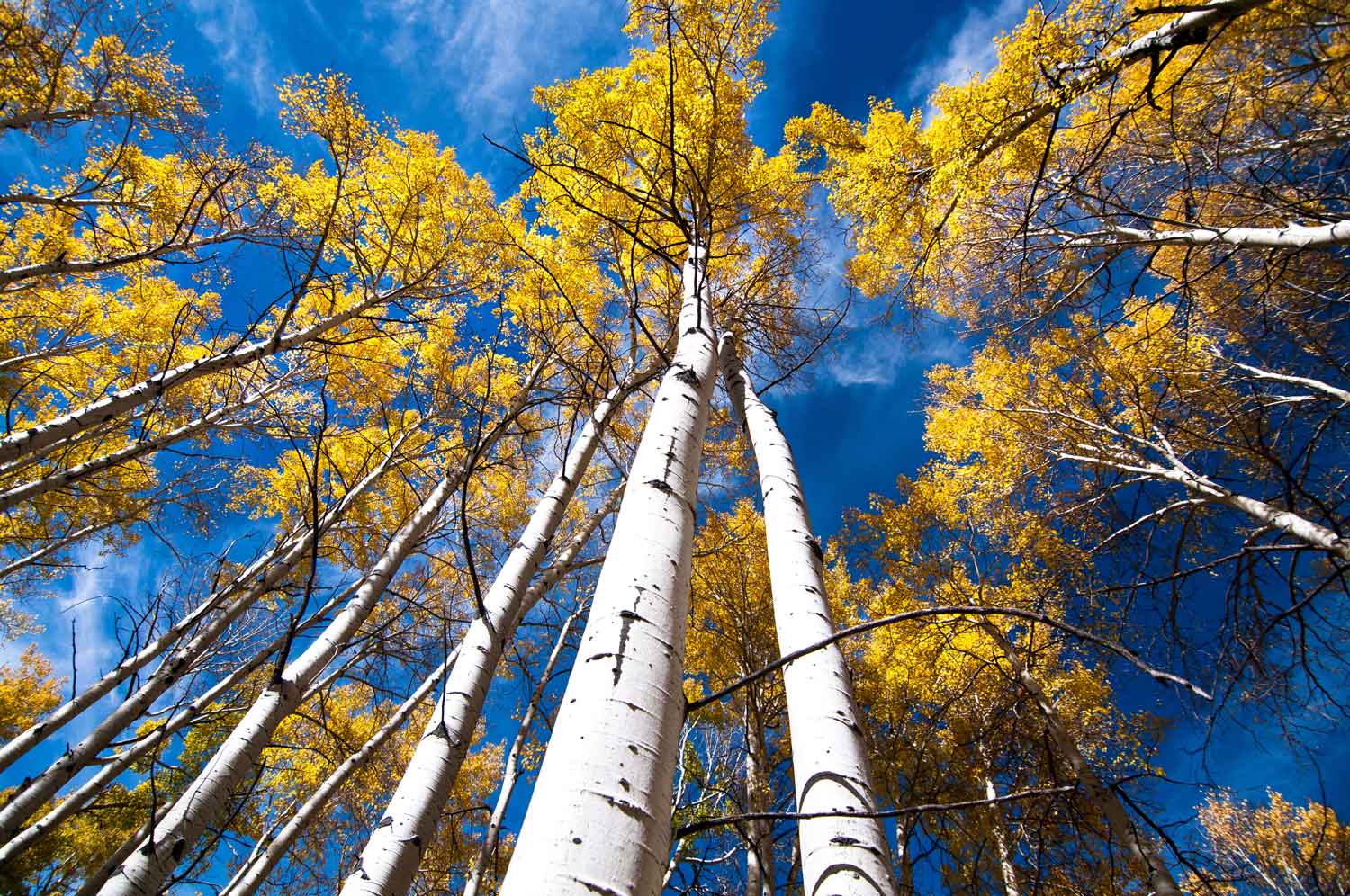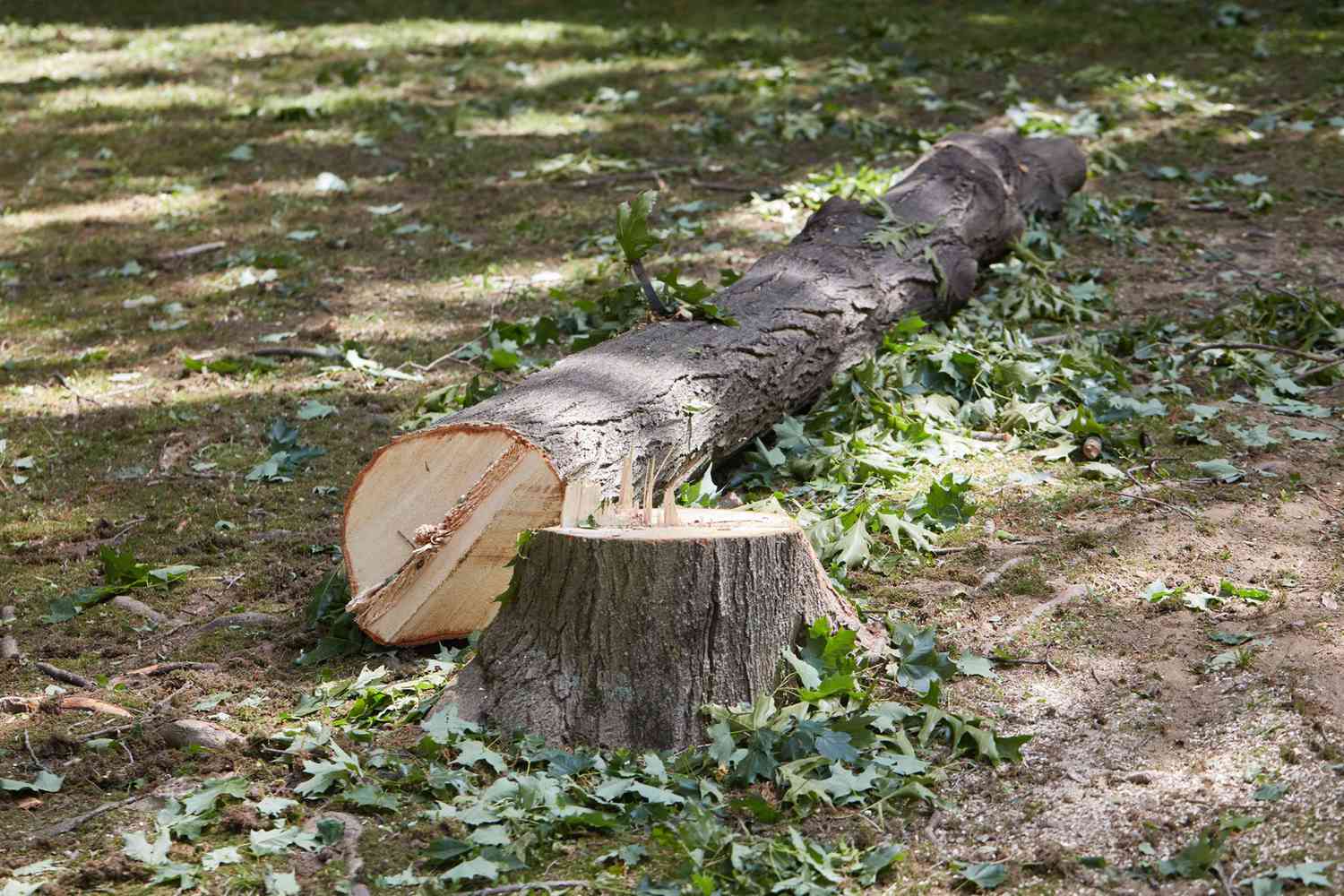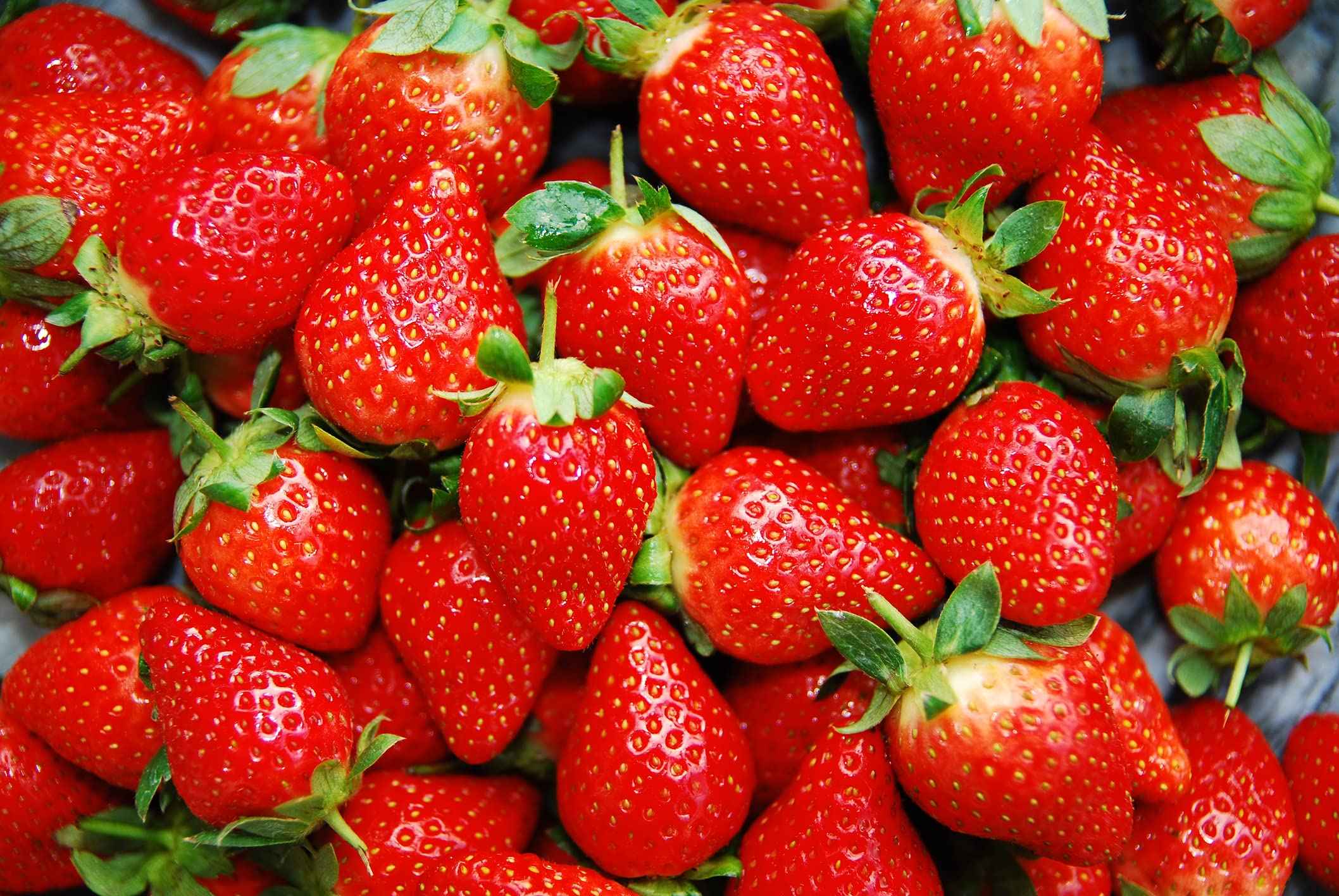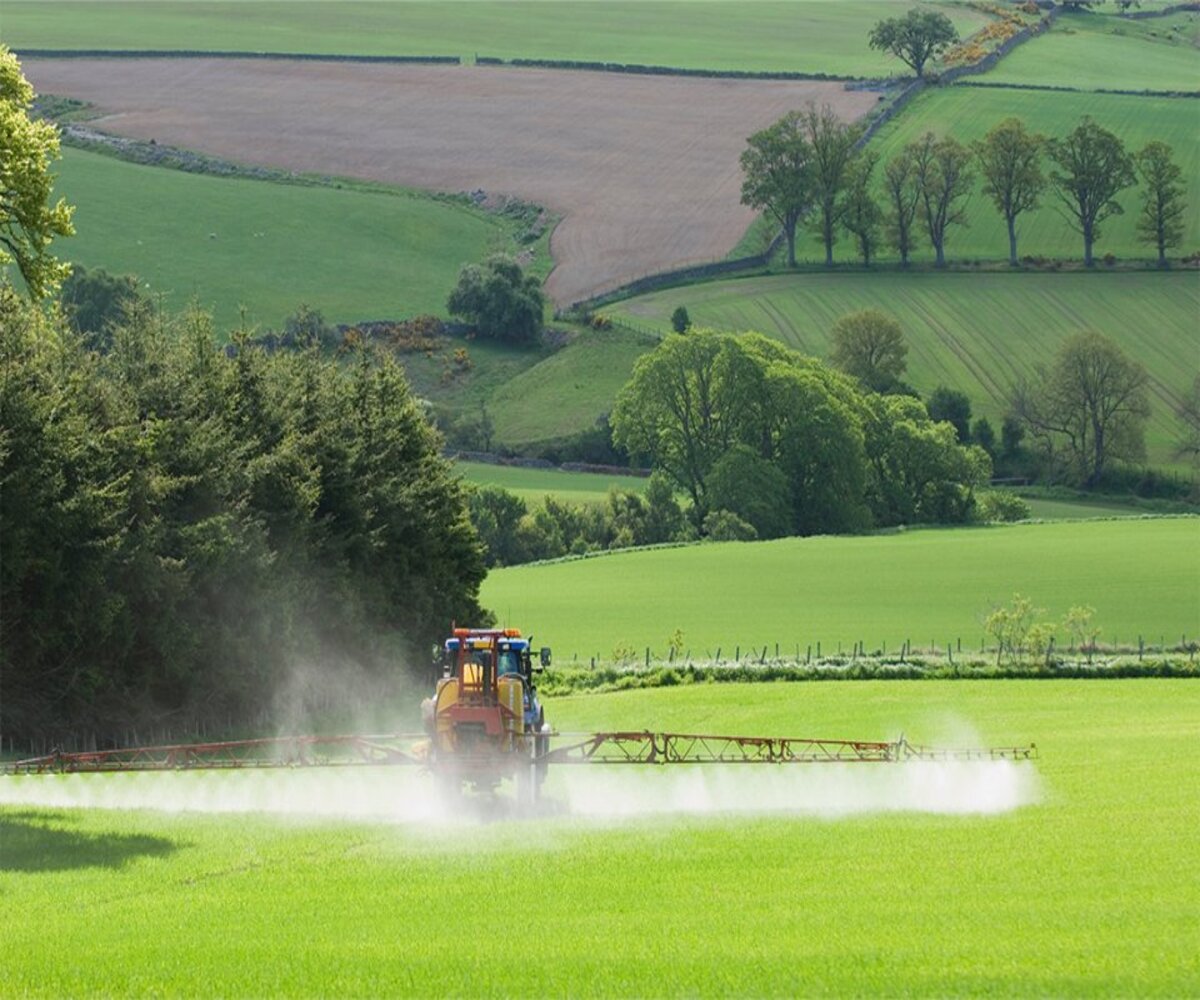Home>Garden Design>Planning Your Garden>How Many Trees In An Acre
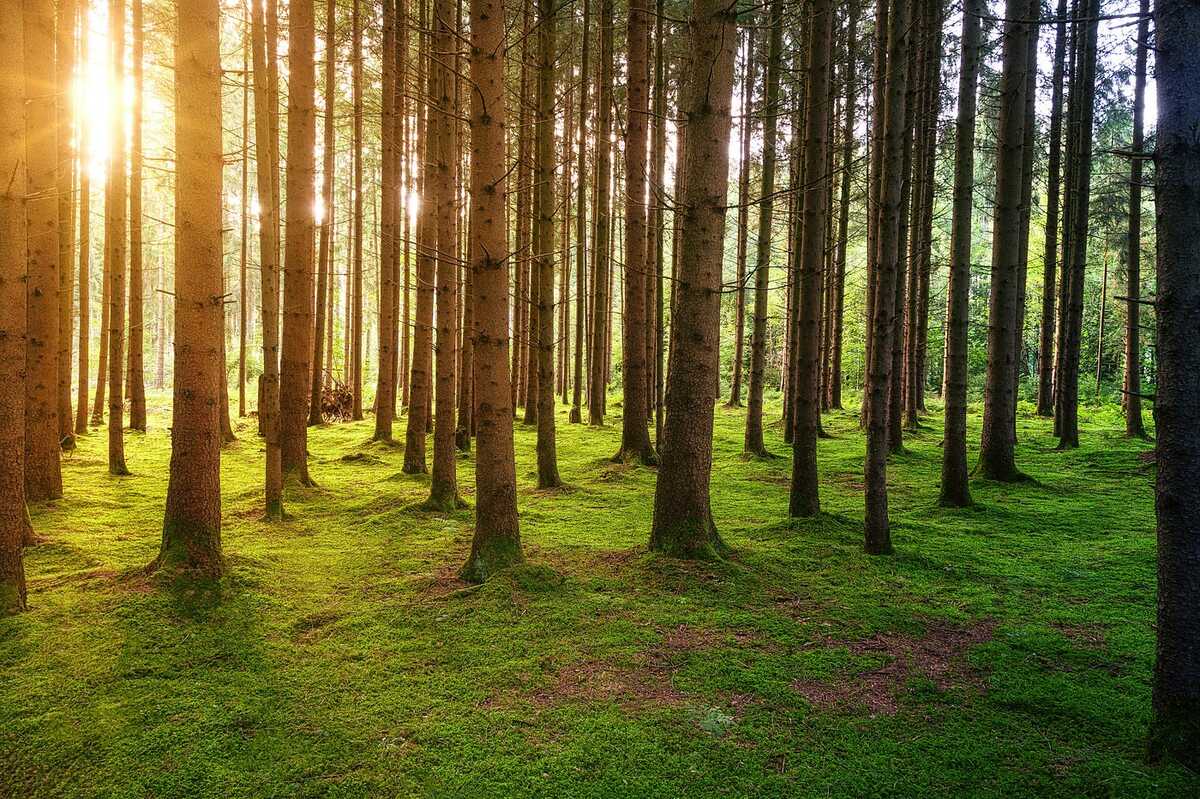

Planning Your Garden
How Many Trees In An Acre
Modified: January 22, 2024
Learn how to plan your garden effectively and discover how many trees can fit in an acre of land. Create the perfect outdoor space with this helpful guide!
(Many of the links in this article redirect to a specific reviewed product. Your purchase of these products through affiliate links helps to generate commission for Chicagolandgardening.com, at no extra cost. Learn more)
Table of Contents
Introduction
Planning and managing a garden requires careful consideration of various factors, including the number of trees you want to include. Whether you are a landscape designer, an avid gardener, or simply interested in creating a green space around your home, understanding the concept of tree density in an acre is essential.
An acre is a unit of measurement commonly used in gardening and agriculture. It is equivalent to 43,560 square feet or approximately 0.4047 hectares. Knowing how many trees can be accommodated within this space helps you determine the optimal layout for your garden, ensuring proper growth and creating an aesthetically pleasing environment.
Calculating tree density in an acre involves considering various factors, including the species of trees, growth requirements, and desired spacing between them. Additionally, the number of trees that can be planted in an acre can vary based on the region and climatic conditions.
In this article, we will delve deeper into the concept of tree density in an acre and explore the factors that influence the number of trees that can be accommodated within this space. Furthermore, we will discuss how tree distribution patterns can differ in various regions and understand the importance of knowing the number of trees in an acre.
Understanding Trees and Acre
Before we dive into the specifics of tree density in an acre, let’s first understand the fundamental concepts of trees and the unit of measurement – acre.
Trees are magnificent organisms that play a vital role in our ecosystem. They provide us with oxygen, filter pollutants from the air, offer shade, and serve as habitats for various wildlife. Additionally, trees enhance the aesthetic appeal of any landscape, adding beauty and tranquility to our surroundings.
An acre, as mentioned earlier, is a unit of measurement commonly used in gardening and agriculture. It is a significant area of land that can accommodate various elements, including trees. One acre is equivalent to 43,560 square feet or approximately 0.4047 hectares.
When planning a garden, it is crucial to understand the spacing requirements of different trees. Some tree species require more space to grow and spread their branches, while others can thrive in closer proximity. By considering the characteristics of the trees you wish to include, you can determine the ideal number of trees to plant in an acre.
Moreover, the growth habits and requirements of trees should also be taken into account. Some species have a broad canopy that can provide ample shade, while others have a narrower profile and may allow for more trees to be planted within the same area.
Another important consideration is the purpose of your garden. Are you aiming for a dense forest-like setting or a more open and spacious landscape? Determining your desired aesthetic and functionality will help you determine the suitable number of trees to plant within an acre.
Additionally, the climate and soil conditions of your region play a significant role in tree growth. Different tree species have specific requirements, and certain climates may be more suitable for their growth than others. Understanding your local climate and soil conditions will help you select trees that are best suited for your garden and optimize tree density in an acre.
As we move forward, we will explore the factors that affect tree density in more detail and how they can vary across different regions. Understanding these factors is essential for planning and designing a garden with the right number of trees that meet your desired goals and create a harmonious and thriving environment.
Factors Affecting Tree Density
The number of trees that can be accommodated within an acre is influenced by several factors. Understanding these factors is crucial for determining the optimal tree density and creating a healthy and sustainable garden. Let’s explore the key factors that affect tree density:
- Species of Trees: Different tree species have varying growth habits and space requirements. Some species naturally require more space to grow and spread their branches, while others can be planted closer together. Understanding the characteristics of the tree species you plan to include in your garden is essential for determining the appropriate spacing and overall tree density.
- Growth Requirements: Each tree species has specific growth requirements in terms of sunlight, water, and soil conditions. Some trees thrive in full sun, while others prefer shade. Understanding these requirements allows for proper placement and spacing, ensuring optimal growth and health for each tree.
- Desired Spacing: The desired spacing between trees is a personal preference that can also affect tree density. Some gardeners prefer trees to be spaced closer together to create a denser and more forest-like environment, while others prefer more spacing to allow each tree to have ample room to grow and spread its branches.
- Climate Conditions: The climate of your region plays a significant role in determining the number of trees that can thrive in an acre. Some tree species are better suited to specific climates, while others may struggle to survive in certain environments. Understanding the climate conditions of your region ensures that you select trees that can thrive and contribute to the overall tree density in your garden.
- Soil Conditions: The quality and composition of the soil in your garden also affect tree density. Different tree species have specific soil requirements, and certain soils may be more suitable for tree growth than others. Adequate soil preparation, such as proper drainage and supplementation, can contribute to healthy tree growth and maximize the number of trees that can be accommodated within an acre.
- Access and Maintenance: Accessibility for maintenance tasks, such as pruning, watering, and general care, should also be considered when determining tree density. Leave enough space between trees to allow for easy access, ensuring that you can adequately care for and maintain the health of each tree in your garden.
By taking these factors into account, you can determine the optimal tree density while creating a balanced and sustainable garden that enhances the beauty and functionality of your outdoor space.
Calculating Tree Density in an Acre
Calculating the tree density in an acre involves determining the optimal spacing between trees to achieve the desired number of trees within the given area. While the specific calculation may vary depending on factors such as tree species and growth requirements, there are general guidelines you can follow. Here’s how you can calculate tree density in an acre:
- Determine the desired tree spacing: Start by deciding on the spacing you want between each tree. Consider the growth habits and space requirements of the tree species you plan to include in your garden. For example, a small ornamental tree may require spacing of 10-15 feet, while a larger shade tree may need spacing of 30-40 feet or more.
- Divide acre into square footage: Convert the acre into square footage by multiplying it by 43,560. This will give you the total square footage available for planting trees.
- Calculate the area needed for each tree: Determine the area needed for each tree by squaring the desired spacing between trees. For example, if you want 20 feet of spacing between trees, the area needed for each tree would be 20 x 20 = 400 square feet.
- Divide total square footage by the area needed for each tree: Take the total square footage available for planting trees and divide it by the area needed for each tree. This will give you the approximate number of trees that can be accommodated within the acre.
- Adjust for access and aesthetics: Keep in mind that you may need to adjust your calculations to account for factors such as access paths, walkways, or open spaces for aesthetic purposes. These adjustments ensure that your garden maintains a balanced and visually appealing layout.
It’s important to note that these calculations provide a general guideline for tree density in an acre. However, individual tree species, growth habits, and personal preferences may require modifications to achieve the desired outcome. Additionally, seek advice from local gardening resources or consult with a professional landscaper to account for regional variations and specific requirements of your chosen tree species.
By carefully calculating tree density, you can create a well-planned garden design that maximizes the number of trees within the available space while providing an aesthetically pleasing and sustainable environment.
Tree Distribution Patterns in Different Regions
Tree distribution patterns can vary significantly across different regions due to variations in climate, soil conditions, and natural ecosystems. Understanding these patterns is essential for planning and designing a garden that is in harmony with the surrounding environment. Let’s explore how tree distribution patterns can differ in different regions:
Tropical Regions: In tropical regions, such as rainforests, the tree density is typically high. The warm and humid climate, coupled with abundant rainfall, supports the growth of a diverse range of tree species. The competition for sunlight is intense, leading to tall trees with broad canopies that grow close together to maximize their access to sunlight. This results in a dense and layered forest with multiple tree layers from the forest floor to the canopy.
Temperate Regions: In temperate regions, tree distribution patterns can vary based on factors such as temperature, precipitation, and soil conditions. Forests in these regions may consist of a mixture of deciduous and evergreen trees. Deciduous trees, such as maple and oak, shed their leaves in the colder months, while evergreen trees, such as pine and spruce, retain their foliage year-round. The tree density is generally lower compared to tropical regions, with more spacing between trees to accommodate the seasonal changes and growth requirements.
Desert Regions: In desert regions, tree distribution is sparse due to the harsh and arid conditions. Trees that can survive in these extreme environments, such as cacti and other desert-adapted species, have adapted to store water and withstand long periods of drought. The spacing between trees in desert regions is wider, allowing each tree to access limited water resources and maximize its survival chances.
Mountainous Regions: In mountainous regions, tree distribution patterns can vary based on altitude and slope. Higher elevations may have coniferous forests with trees like fir and spruce, while lower slopes may have broadleaf trees like maple and birch. The tree density may be influenced by factors such as exposure to wind and availability of water sources. Trees in mountainous regions may grow in clusters or follow the contour lines of the slopes, adapting to the unique topography.
The specific tree distribution patterns within each region may also be influenced by human intervention, such as deforestation or afforestation efforts. Understanding these patterns helps in selecting tree species that are well-suited for your specific region, ensuring they can thrive and contribute to the overall aesthetics and ecological balance of your garden.
By observing and studying tree distribution patterns in different regions, you can gain valuable insights to inform your garden design, select appropriate tree species, and create a landscape that reflects the natural beauty and characteristics of your geographical location.
Importance of Knowing the Number of Trees in an Acre
Understanding the number of trees that can be accommodated within an acre is vital for several reasons. Let’s explore the importance of knowing the tree density in an acre:
- Optimal Resource Utilization: Knowing the number of trees in an acre allows you to plan and utilize resources efficiently. This includes considering sunlight, water, and soil nutrients. By understanding the tree density, you can ensure that each tree has access to adequate resources for healthy growth and minimize competition between trees for essential elements.
- Aesthetics and Visual Appeal: The number of trees in an acre greatly influences the overall aesthetics and visual appeal of your garden or landscape. Understanding tree density enables you to create a well-designed and balanced space, whether you prefer a dense forest-like atmosphere or a more open and spacious environment. By striking the right balance, you can enhance the beauty and create a visually pleasing setting.
- Environmental Impact: Trees play a crucial role in mitigating climate change and preserving the environment. They absorb carbon dioxide, release oxygen, and provide shade, improving air quality and reducing the urban heat island effect. By knowing the number of trees in an acre, you can determine the potential impact of your garden in terms of carbon sequestration, temperature regulation, and overall environmental benefits.
- Healthy Tree Growth: Proper spacing of trees within an acre ensures that each tree has enough room to grow and develop a strong root system. This allows for optimal nutrient uptake, reduces the risk of disease spread, and minimizes competition for resources. By understanding tree density, you can create an environment that supports healthy and vigorous tree growth, leading to stronger and more resilient plants.
- Biodiversity and Wildlife Habitat: Trees are vital for supporting a diverse range of wildlife and creating habitats for various species. Knowing the number of trees in an acre allows you to create an ecosystem that fosters biodiversity. By providing enough space for different tree species, you can attract a wider array of birds, insects, and other wildlife, contributing to a thriving and balanced ecological environment.
- Economic Considerations: Understanding tree density in an acre is also important from an economic standpoint. Whether you are planning a commercial orchard, a forest plantation, or a landscaped garden, knowing the number of trees in an acre helps in estimating production capacity, yield potential, and overall economic viability of the project. It enables efficient planning and resource allocation, optimizing returns on investment.
By recognizing the importance of knowing the number of trees in an acre, you can make informed decisions when designing and managing your garden. Additionally, it allows you to contribute positively to the environment, create a visually appealing space, and maximize the benefits trees provide to both human and ecological well-being.
Conclusion
Understanding tree density in an acre is essential for planning and designing a successful garden. By considering factors such as species requirements, growth habits, climate conditions, and desired spacing, you can determine the optimal number of trees to include within the available space. Calculating tree density allows for efficient resource utilization and creates a visually pleasing and balanced landscape. Moreover, it promotes healthy tree growth, supports biodiversity, and contributes to the overall well-being of the environment.
Knowing the number of trees in an acre empowers you to make informed decisions about your garden or landscape project. Whether you are a landscape designer, gardener, or homeowner, understanding tree density helps you create a sustainable and functional outdoor space. It allows for the optimal utilization of resources, enhances the visual appeal of the area, and provides habitat for wildlife.
Additionally, knowing the tree density in an acre enables you to contribute to the environmental health of your region. Trees help mitigate climate change, improve air quality, and provide numerous ecosystem services. By carefully planning the number of trees in your garden, you can maximize their environmental benefits and create a positive impact on the local ecosystem.
Furthermore, understanding tree density has economic implications. Commercial orchards, forest plantations, and landscaped gardens all benefit from knowing the number of trees that can be accommodated within an acre. This knowledge aids in estimating production capacity, yield potential, and economic viability, leading to efficient resource management and optimized returns on investment.
In conclusion, knowing the number of trees in an acre is crucial for successful garden planning and management. It brings together the elements of aesthetics, functionality, environmental sustainability, and economic considerations. By considering tree density, you can create a thriving and beautiful garden that not only enhances your surroundings but also contributes positively to the environment and the well-being of both humans and wildlife.


